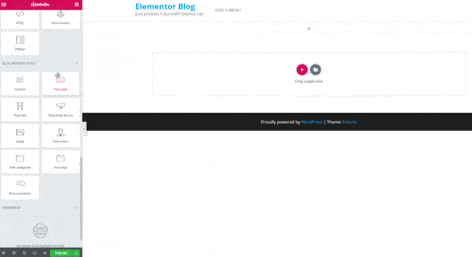Exactly what Data Devices?
Data devices are the infrastructure that acquire, put together and shop data and metadata. Additionally they provide info access and support work flow while dealing with issues relevant to information surroundings, security, top quality and reliability. These data systems typically include a blend structured, semi-structured and unstructured data. They might be created and managed with a wide range of stakeholders, including: civil society organizations (CSOs), which in turn produce their particular data to hold the public and private sector accountable; nongovernmental organizations (NGOs), which are often necessary to report their own data for accountability uses; academic companies, which are in charge of producing and analyzing info; government agencies, that are required to develop data on a variety of topics; private businesses, which acquire, http://www.virtualdatareviews.com/data-room-ma-for-the-business-and-its-goals/ method and make use of data as part of their organization operations; and international and regional establishments, which can arranged standards to make it easier for countries to share info.
Early data systems had been built about databases, which usually store a collection of information organized so it can be used and updated by users. Databases are usually used in purchase processing systems that create detailed data, such as customer reports and product sales orders, and in warehouses, which store consolidated data sets for examination and credit reporting. Alternative data platforms include data file systems and cloud object storage products and services, which retail store data in less organised ways than relational databases and can give you a more flexible ways to metadata supervision.
The creation of the Internet and wide-area systems enabled a shift to more sent out data devices, with different communities designing and maintaining unique components. These system elements could be integrated to create end-to-end info systems employing processes such as ETL and ELT, which usually transfer batch-sized sets of data from resource data devices into a info warehouse, or real-time data integration tools like alter data capture and lady data integration, which combine real-time avenues of data on a continuous basis.
